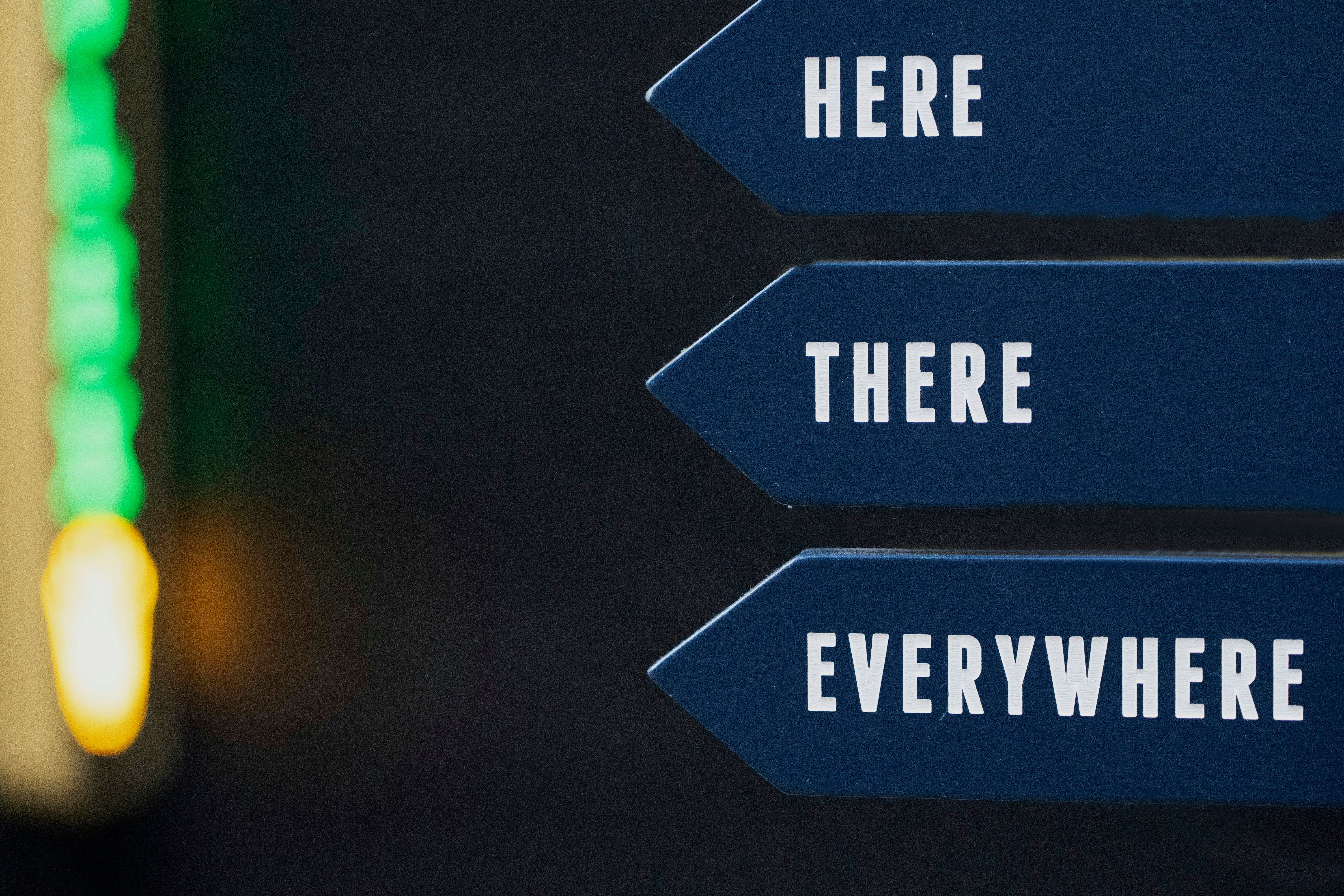Mastering Perspective: Techniques for Crafting Realistic Human Figures in Art
Mastering the Art of Proportion in Fashion Illustration
Fashion designers seeking to excel in the realm of fashion illustration must master the art of depicting the human figure accurately. Proper proportioning allows artists to create clothes that fit well and appear natural on a body.
Understanding proportions involves recognizing how different body parts relate to one another in terms of size, ensuring drawings appear balanced and lifelike. This skill can initially feel challenging, but with clear steps and practice, it becomes easier.
Fashion illustrations often employ stylized proportions, but they still adhere to basic principles to maintain the figure's believability. Mastering these principles helps artists design better and clearer fashion sketches.
By focusing on proportions, artists can significantly improve their ability to draw poses and outfits that illustrate how clothes move and fit, making the entire design process more enjoyable and productive.
The Importance of Proportions in Fashion Illustration
Learning to draw the human figure in the context of fashion emphasizes the correct size and length of body parts. This knowledge allows the creation of designs that appear balanced and stylish, as well as understanding how fashion figures may differ from real-life bodies in size and shape.
Accurate proportions are crucial in making fashion drawings believable. By doing so, they help demonstrate how clothes fit and move on the body, preventing awkward or unrealistic appearances. They also serve as a guide for placement of details such as seams and buttons, making designs easier to understand and reducing the likelihood of errors during the transition from sketch to actual garment.
Common Proportions in Fashion Figures
Fashion figures commonly follow a 9-head tall ratio, which means the figure's height is equal to the length of nine head units stacked vertically. The average person is about 7.5 heads tall, but this proportion elongates figures, lending them a sleek appearance more suited to fashion sketches.
Using this ratio helps establish a stylish, elongated look on which to showcase the clothing.
Differences between Fashion and Realistic Proportions
Fashion illustrations distort body parts to emphasize style. Figures tend to appear taller, slimmer, and with longer legs compared to real people. This creates a dramatic effect, but it is not reflective of everyday bodies.
Realistic proportions stay closer to how most people look, typically ranging from 7 to 7.5 heads tall. Fashion drawings extend bodies to draw attention to garments and create a more dynamic pose.
The choice between fashionable exaggerations and realistic proportions depends on the illustrator's goals. For fashion, exaggerated proportions work best to showcase the clothes clearly and attractively.
Drawing the Human Figure for Fashion
Fashion figures require a blend of style and balance, achieved through a step-by-step process that involves building the figure from a basic skeleton, setting a clear pose, and using guidelines to maintain proportions.
Step-by-Step Construction of the Fashion Figure
The artist first sketches a basic skeleton called a "gesture line" to capture movement. Simple shapes like ovals and rectangles come next, forming the torso, hips, and limbs.
The figure is usually drawn taller than a real person—about 9 heads tall instead of 7.5— for a sleek look more suited to fashion sketches. The artist then refines shapes, adding curves to show femininity or strength while maintaining attention to smaller features like hands, feet, and neck for figure balance.
Establishing the Figure’s Pose and Silhouette
The pose demonstrates the model's attitude and clothing flow, and can be dynamic with twists or bends or calm and straight.
The silhouette is the overall outline of the figure. A smooth, clear silhouette helps the clothing stand out and makes the figure easy to read. Using light lines allows the artist to adjust the pose before finalizing the drawing. The figure's weight is balanced through proper placement of feet and hips.
Mapping Proportions With Guidelines
Guidelines help keep proportions consistent by dividing the figure into parts. A common method splits the height into nine equal sections, or "heads." Key points like the chin, chest, waist, hips, knees, and ankles are marked using these lines, ensuring proper placement of each body part.
Refining Your Fashion Illustration Techniques
Refining fashion drawings involves focusing on small details and experimenting with new ways to depict the figure's movement, resulting in more interesting and lively illustrations.
Adding Stylized Details to the Figure
Stylized details elevate a fashion illustration's unique appearance by changing features to make the figure look taller or more elegant. For instance, elongating the legs or neck creates a sleek, graceful feel, while clothing folds and textures should be carefully added.
Keeping facial features and hair clean lines helps maintain focus on the outfit, while accessories like belts, hats, or jewelry should complement the design without overwhelming the sketch.
Experimenting With Dynamic Poses
Dynamic poses invigorate fashion sketches with energy by depicting the figure in various positions such as leaning, twisting, or walking, demonstrating how clothes move and fit in real life.
Artists can easily capture motion using simple gesture lines, followed by the addition of body shapes while maintaining proportions. By trying different angles and perspectives, such as side views or a three-quarter turn, artists create clarity around the designs.
By mastering these techniques, fashion illustrators create captivating, professional illustrations that effectively communicate their design visions.
- To excel in fashion illustration, artists must understand the art of proportion, enabling them to draw fashionable yet balanced figures that fit well and look natural.
- Fashion and realistic proportions differ significantly; fashion figures tend to be taller, slimmer, and more elongated for a dramatic effect, while realistic figures resemble average human sizes.
- Learning to draw the human figure in the context of fashion requires a step-by-step process, from constructing a basic skeleton to mapping out proportions with guidelines.
- Focusing on small details and experimenting with dynamic poses helps refine fashion illustrations, making them more interesting and lifelike.
- By using stylized details and paying attention to facial features, hair, and accessories, artists can maintain focus on the outfit while adding elegance to their illustrations.
- Exploring various poses and perspectives can bring more energy and realism to a fashion sketch, showcasing how clothing moves and fits effectively.








